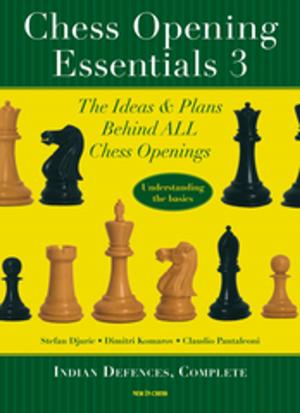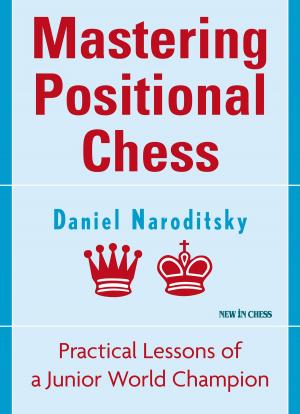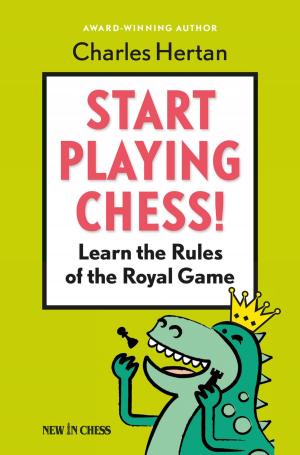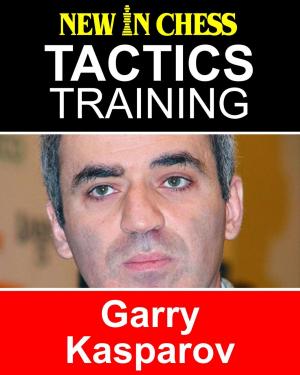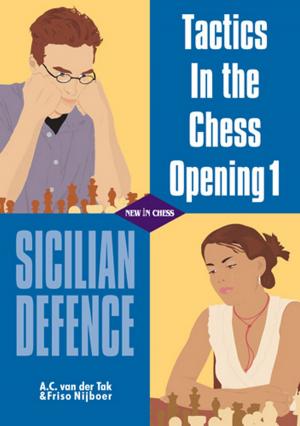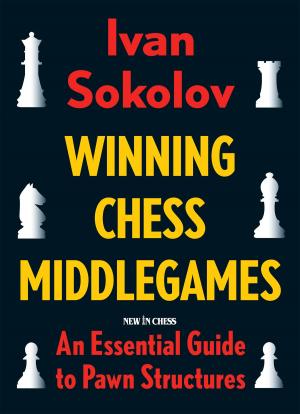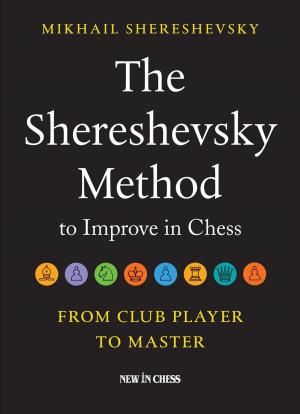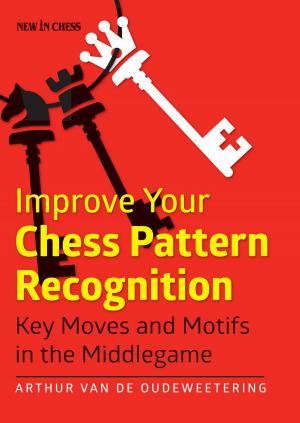Tactics Training Paul Morphy
How to improve your Chess with Paul Morphy and become a Chess Tactics Master
Nonfiction, Entertainment, Games, Chess, Board games| Author: | Frank Erwich | ISBN: | 9789056917999 |
| Publisher: | New in Chess | Publication: | April 9, 2018 |
| Imprint: | New in Chess | Language: | English |
| Author: | Frank Erwich |
| ISBN: | 9789056917999 |
| Publisher: | New in Chess |
| Publication: | April 9, 2018 |
| Imprint: | New in Chess |
| Language: | English |
Paul Morphy (1837-1884) is considered to have been the greatest chess player of his era. The American was a chess prodigy who, according to his uncle Ernest Morphy, learned the rules of the royal game from watching others play. By the time he was 13, he was already one of the best players in America.
After 1850 Morphy did not play ‘serious’ chess for a long time. In 1857 he earned a law degree, but had to wait until his 21st birthday to legally begin work as an attorney. To bridge the gap, he returned to chess and in 1857 he won the First American Chess Congress, a tournament in which the top 16 players in America were invited.
In June 1858, still unable to begin a law career, Morphy went to Europe to challenge the best European players. His main goal was to play a match against Howard Staunton, who was at the time considered the best player in the world, but the British Master called off the match when Morphy was in Paris. Instead, Morphy met other great players as Löwenthal, Harrwitz and Anderssen and beat them all by a big margin. After these victories, many regarded Morphy as the World Champion.
After his return from Europe, and having crushed the finest competition the chess world had to offer, Morphy declared himself retired from the game. Occasionally, he played some matches, but only where his opponents received odds. Even with a rook and a knight down, Morphy regularly managed to outplay his (less skilled) opponents. Morphy’s sudden withdrawal from chess at his peak earned him the name ‘The Pride and Sorrow of Chess’.
Garry Kasparov praised Morhpy in his series On My Great Predecessors. In Volume 1 he says: ‘We remember the brilliant flight of the American super-genius Paul Morphy, who in a couple of years (1857-59) conquered both the New and the Old Worlds. He revealed a thunderous blend of pragmatism, aggression and accurate calculation to the world -- qualities that enabled America to accomplish a powerful spurt in the second half of the 19th century. Paul Morphy was the greatest chess player that ever lived. Every student of the game, who has delved into the stories of the past, realizes that no one ever was so far superior to the players of his time, or ever defeated his opponents with such ease, and no one ever offered knight odds to the men who considered themselves his equal.’
Try this training course and check out if you can compete with Morphy’s tactical ingenuity. This book offers you one hundred training exercises, in which the unofficial World Champion turned the game in his favour. The puzzles start at a moderate level and gradually get more difficult. Are you up for the challenge?
Paul Morphy (1837-1884) is considered to have been the greatest chess player of his era. The American was a chess prodigy who, according to his uncle Ernest Morphy, learned the rules of the royal game from watching others play. By the time he was 13, he was already one of the best players in America.
After 1850 Morphy did not play ‘serious’ chess for a long time. In 1857 he earned a law degree, but had to wait until his 21st birthday to legally begin work as an attorney. To bridge the gap, he returned to chess and in 1857 he won the First American Chess Congress, a tournament in which the top 16 players in America were invited.
In June 1858, still unable to begin a law career, Morphy went to Europe to challenge the best European players. His main goal was to play a match against Howard Staunton, who was at the time considered the best player in the world, but the British Master called off the match when Morphy was in Paris. Instead, Morphy met other great players as Löwenthal, Harrwitz and Anderssen and beat them all by a big margin. After these victories, many regarded Morphy as the World Champion.
After his return from Europe, and having crushed the finest competition the chess world had to offer, Morphy declared himself retired from the game. Occasionally, he played some matches, but only where his opponents received odds. Even with a rook and a knight down, Morphy regularly managed to outplay his (less skilled) opponents. Morphy’s sudden withdrawal from chess at his peak earned him the name ‘The Pride and Sorrow of Chess’.
Garry Kasparov praised Morhpy in his series On My Great Predecessors. In Volume 1 he says: ‘We remember the brilliant flight of the American super-genius Paul Morphy, who in a couple of years (1857-59) conquered both the New and the Old Worlds. He revealed a thunderous blend of pragmatism, aggression and accurate calculation to the world -- qualities that enabled America to accomplish a powerful spurt in the second half of the 19th century. Paul Morphy was the greatest chess player that ever lived. Every student of the game, who has delved into the stories of the past, realizes that no one ever was so far superior to the players of his time, or ever defeated his opponents with such ease, and no one ever offered knight odds to the men who considered themselves his equal.’
Try this training course and check out if you can compete with Morphy’s tactical ingenuity. This book offers you one hundred training exercises, in which the unofficial World Champion turned the game in his favour. The puzzles start at a moderate level and gradually get more difficult. Are you up for the challenge?

